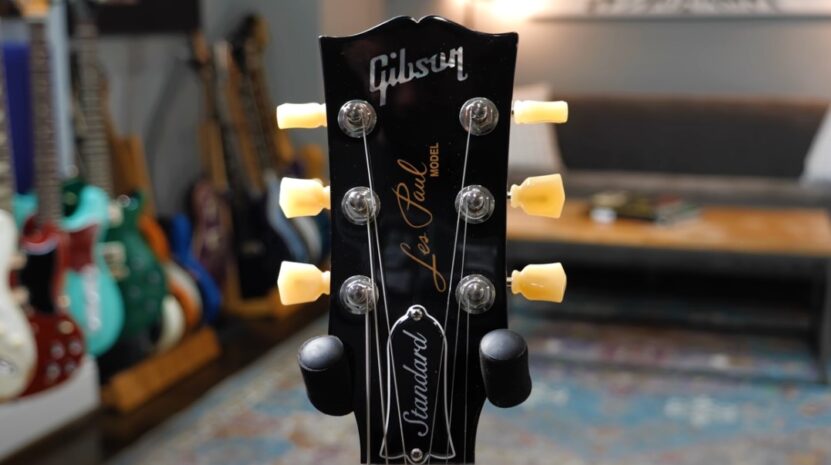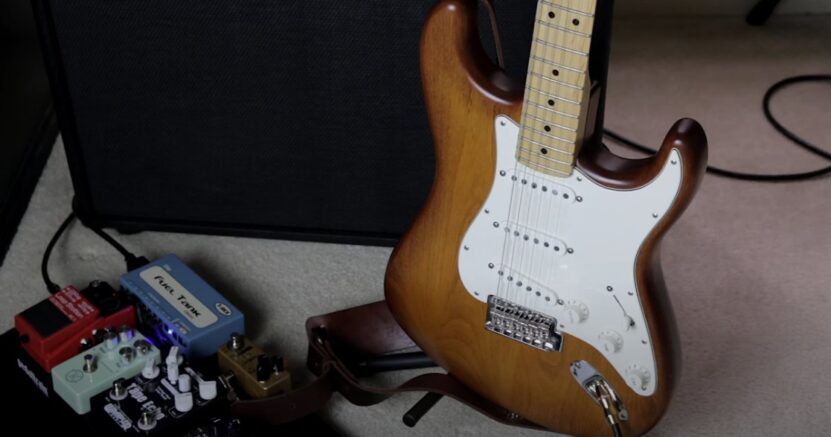Every guitarist, from the greenest beginner to the most seasoned professional, has faced the annoying issue of the constantly out-of-tune G string on their guitar. But why does this phenomenon seem to plague the G string more than any other? In this comprehensive article, we’ll dive into the various factors that contribute to this notorious issue and offer solutions to help you keep your G string in tune.
The G String’s Tension and Scale Length
One of the main reasons the G string is notorious for going out of tune is due to its tension and scale length. The G string has an awkward tension balance, sitting between the lower tension of the D string and the higher tension of the B string. This means that the G string is more susceptible to fluctuations in tension, which can cause it to go out of tune more frequently.
Nut and Bridge Issues
Another significant factor that affects the G string’s tuning stability is the guitar’s nut and bridge. The nut and bridge are responsible for maintaining the string’s proper height and alignment, which directly impacts the string’s ability to stay in tune.
1. Nut Problems
If the nut slot for the G string is cut too narrow, it can pinch the string, causing binding and tuning problems. Additionally, if the slot is too shallow, it can cause the string to sit too high, which may also contribute to tuning issues.
2. Bridge Problems
Similarly, the bridge saddle can also cause tuning issues for the G string. If the saddle is not properly aligned or has sharp edges, it can create friction and make it difficult for the string to slide freely. This can lead to the string going out of tune, especially when using a tremolo or bending the string.
String Winding Techniques

The way a string is wound around the tuning peg can also have a significant impact on its tuning stability. If the string is wound too loosely, it can slip when tension is applied, causing the string to go out of tune. Additionally, overlapping string windings can create instability, as the string may settle or shift under tension.
Guitar Tuning Machines
The quality and condition of your guitar’s tuning machines can also influence the G string’s tuning stability. Low-quality or worn-out tuning machines may have imprecise gear ratios, making it difficult to achieve and maintain accurate tuning.
Temperature and Humidity
Guitars, being made primarily of wood, are sensitive to changes in temperature and humidity. These factors can cause the wood to expand or contract, which can affect the tension and tuning of the strings. The G string, with its unique tension balance, is particularly susceptible to these changes.
String Quality
Not all guitar strings are created equal, and lower-quality strings may have more inconsistencies in their construction, leading to tuning instability. A string’s core and wrap materials, as well as the manufacturing process, can all affect its tuning stability.
Solutions for a More Stable G String

Now that we’ve explored the various factors that can cause the G string to go out of tune, let’s discuss some solutions to help you keep it in tune.
1. Adjust the Nut and Bridge
If you suspect that your guitar’s nut or bridge is causing tuning problems, it may be time for a professional setup. A skilled guitar technician can adjust the nut and bridge to ensure proper alignment and height, which can significantly improve your G string’s tuning stability.
2. Improve Your String Winding Technique
To ensure that your strings are wound securely around the tuning pegs, follow these steps:
- Thread the string through the tuning peg hole, leaving enough slack to wind the string around the peg several times.
- Hold the string tight and start winding it around the peg, making sure that the windings are neat and do not overlap.
- For added stability, you can also use a locking wrap technique, which involves threading the string under and then over itself before continuing with the regular windings.
3. Upgrade Your Tuning Machines
If you suspect that your guitar’s tuning machines are the culprit for your G string going out of tune, consider upgrading to higher-quality tuning machines. Look for tuners with precise gear ratios and a reputation for maintaining tuning stability. Locking tuners are also an excellent option, as they hold the string securely and minimize slippage.
4. Proper Guitar Maintenance
Taking care of your guitar by regularly cleaning and maintaining it can also help to improve tuning stability. Keep your guitar in a stable environment, away from drastic temperature and humidity changes. Use a humidifier or dehumidifier, as needed, to maintain the ideal humidity level for your guitar. Additionally, make sure to wipe down your strings after each use to remove dirt and oils, which can affect string tension.
5. Use High-Quality Strings
Investing in high-quality strings can make a significant difference in your G string’s tuning stability. Look for strings made by reputable manufacturers who use consistent materials and manufacturing processes. Experiment with different string types, such as coated or treated strings, which can offer enhanced tuning stability and longer life.
6. Consider a Wound G String
One solution to the G string tuning problem, particularly for electric guitars, is to use a wound G string instead of a plain one. Wound G strings have a core wrapped in a thin wire, which helps to balance the tension between the D and B strings, making it less prone to going out of tune. However, this option may not suit all playing styles or preferences, as it can alter the string’s tone and feel.
Final Words
The G string’s infamous tuning issues are caused by a combination of factors, including tension balance, nut, and bridge problems, string winding techniques, tuning machine quality, temperature and humidity, and string quality.
By addressing these factors and implementing the solutions discussed in this article, you can significantly improve your G string’s tuning stability, leading to a more enjoyable and frustration-free playing experience. Whether you’re a beginner or a professional guitarist, taking the time to understand and rectify these issues will undoubtedly enhance your overall performance and satisfaction with your instrument.

